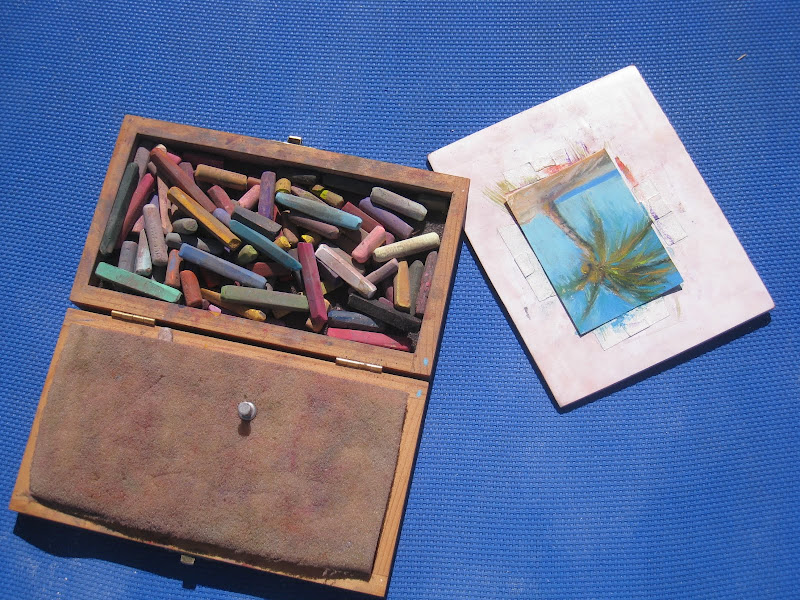"Pretend you are dancing or singing a picture. A worker or painter should enjoy his work,else the observer will not enjoy it. It is not good to wear lace that was a drudgery to someone to make. The lace, as well as the picture, should be made in joy." Robert Henri
Robert Henri's The Art Spirit is a book that every artist and art lover should have this book on the shelf. It is a book filled with the wisdom and advice of Henri who was a revered teacher and artist. The book is a collection of his teachings, notes and critiques. Read more about Robert Henri here http://roberthenrimuseum.org/
Not only does the book give Henri's technical advice to painters, it is full of inspiring words of wisdom about life and art. It is the kind of book that can be picked up and opened to any page. Every page has a pearl of wisdom and gives food for thought. It is a book that can be read over and over. I keep my copy on my night stand and pick it up whenever I need a bit of inspiration. The quote about singing a picture is typical of the little gems on every page of the book.
Not only does the book give Henri's technical advice to painters, it is full of inspiring words of wisdom about life and art. It is the kind of book that can be picked up and opened to any page. Every page has a pearl of wisdom and gives food for thought. It is a book that can be read over and over. I keep my copy on my night stand and pick it up whenever I need a bit of inspiration. The quote about singing a picture is typical of the little gems on every page of the book.
 My dog-eared copy of Robert Henri's The Art Spirit.
My dog-eared copy of Robert Henri's The Art Spirit.
If you already have this book I encourage you to take it out and give it another read. I'm sure you will find something that speaks to you that didn't strike you the same way the first time you read it. Do you have a favorite quote from The Art Spirit that has inspired you?
If you are looking for more books for your art library you may be interested in the other books I have shared HERE
If you are looking for more books for your art library you may be interested in the other books I have shared HERE

















































